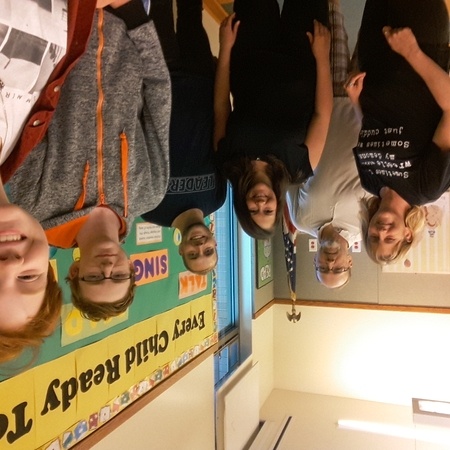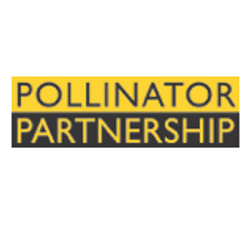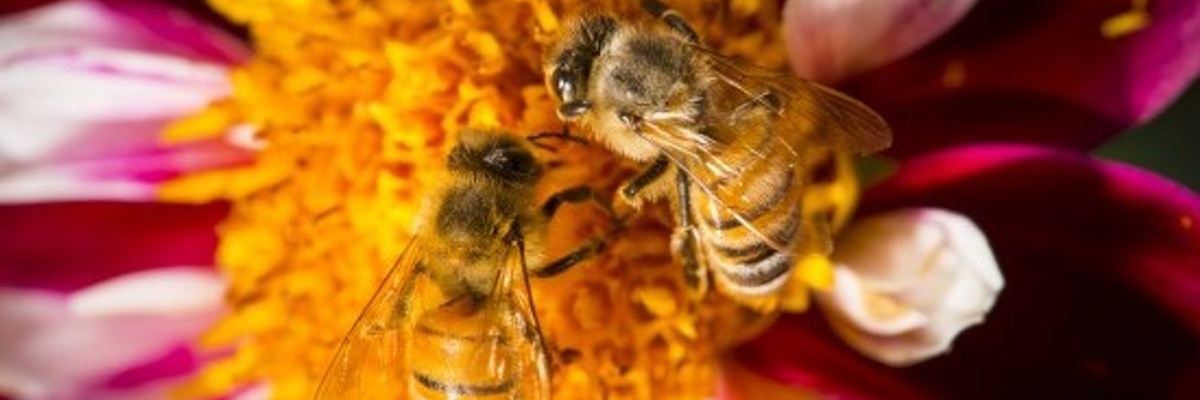

Invite pollinators to your neighborhood by planting a pollinator friendly habitat in your garden, farm, school, park or just about anywhere!
The Idea
Pollinator Partnership helps people protect pollinators to ensure healthy ecosystems and food security. The Pollinator Partnership’s mission is to promote the health of pollinators, critical to food and ecosystems, through conservation, education, and research. Their signature initiatives include the NAPPC (North American Pollinator Protection Campaign), National Pollinator Week, and the Ecoregional Planting Guides, which this page will help you to get started with in your community.
The ecoregional planting guides, Selecting Plants for Pollinators, are tailored to specific areas of the United States and Canada. You can find out which ecoregion you live in simply by entering your zip code / postal code at http://pollinator.org/guides and get your free guide tailored to the pollinators in your region. You can find lists of plant names that will attract pollinators and help you build a beautiful pollinator habitat! Print these lists and bring them to your local native plant, garden center or nursery and then get a group together and get planting!
Invite pollinators to your neighborhood by planting a pollinator friendly habitat in your garden, farm, school, park or just about anywhere!
The Idea
Pollinator Partnership helps people protect pollinators to ensure healthy ecosystems and food security. The Pollinator Partnership’s mission is to promote the health of pollinators, critical to food and ecosystems, through conservation, education, and research. Their signature initiatives include the NAPPC (North American Pollinator Protection Campaign), National Pollinator Week, and the Ecoregional Planting Guides, which this page will help you to get started with in your community.
The ecoregional planting guides, Selecting Plants for Pollinators, are tailored to specific areas of the United States and Canada. You can find out which ecoregion you live in simply by entering your zip code / postal code at http://pollinator.org/guides and get your free guide tailored to the pollinators in your region. You can find lists of plant names that will attract pollinators and help you build a beautiful pollinator habitat! Print these lists and bring them to your local native plant, garden center or nursery and then get a group together and get planting!
This is me and my neighbor, Amelia, after finishing her garden!
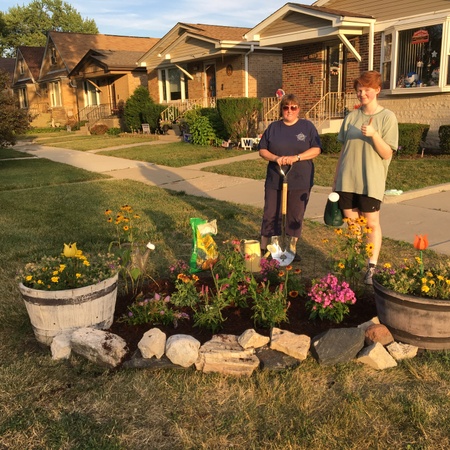
Over the summer I was able to plant a total of 10 pollinator gardens. While I was planting, I was interning at my local library and was able to talk to one of the librarians about holding a butterfly feeder seminar. During this demonstration I showed a group of kids and adults how to build a butterfly feeder they can hang anywhere in their gardens, and also gave a presentation about the importance of pollinators, from butterflies to hoverflies.
I worked in a 5 mile radius for planting and was able to get the word out through Facebook so it was easier for me to get in contact with my neighbors. All of the people we planted for were very excited, and as were we! I was able to build friendships in my neighborhood as well, it was such an incredible experience.
When we were choosing the plants we would go to stores like Lowe's and Home Depot, and while I had a list of flowers we planted, we also followed where the bees went at the store just to make sure they liked the flowers. I believe this method proved to be very successful as there was definitely an increase in pollinators. We also had to make more than a few trips because after the first two corner lots we were able to figure out how many plants we could fit on each while also allowing space between them.
Overall, the experience was incredible. I was able to meet so many new people and explain the impact that pollinators have on us everyday. It felt incredible to just be able to share knowledge with others about something I'm so passionate about. I am so grateful for being given this opportunity, and took every chance I could to impact others around me.
I included all of the expenses, and can provide images of the receipts if necessary.
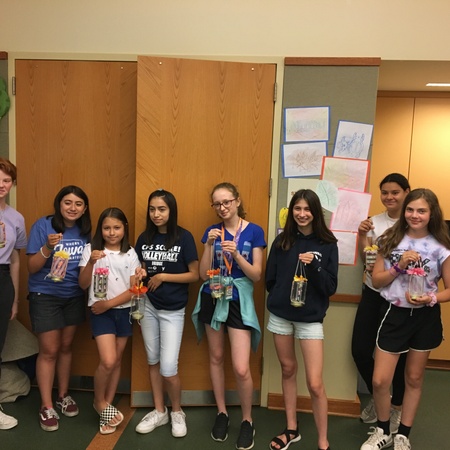
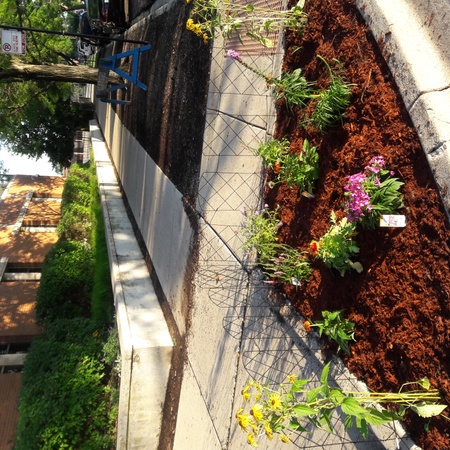
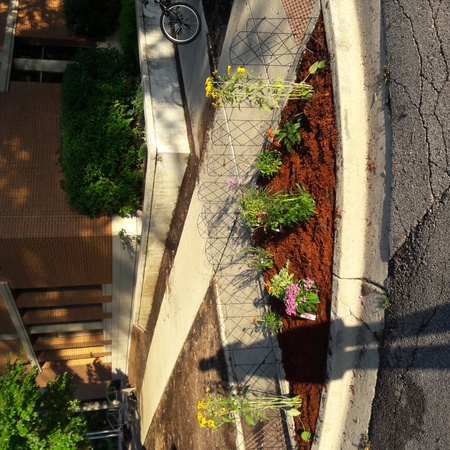
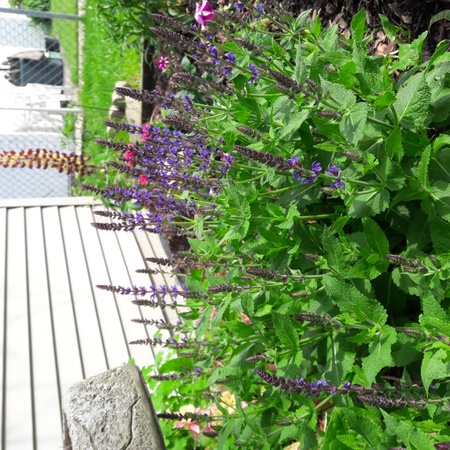
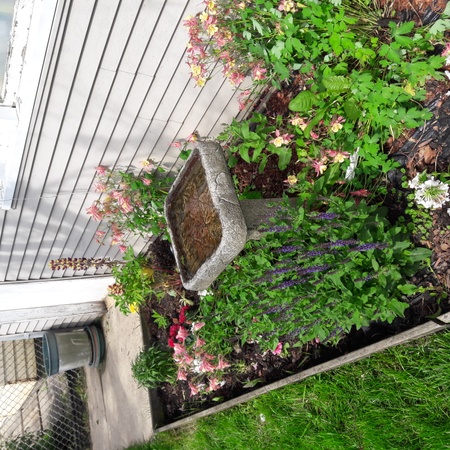
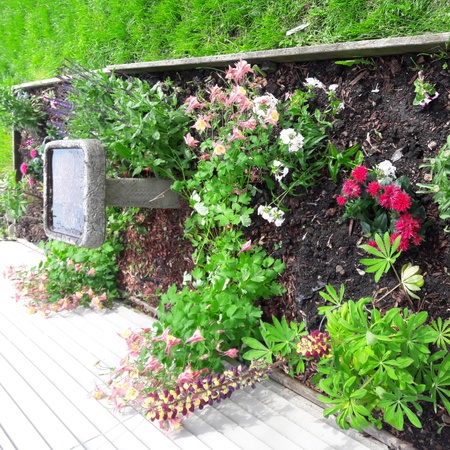
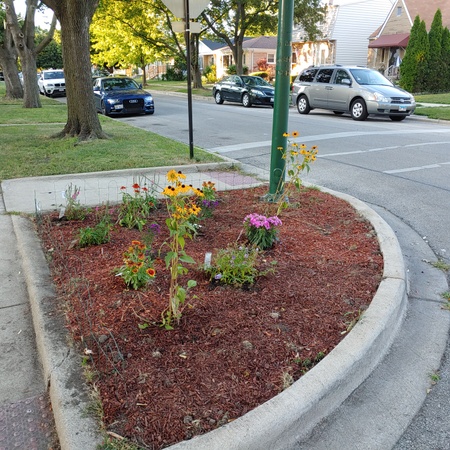
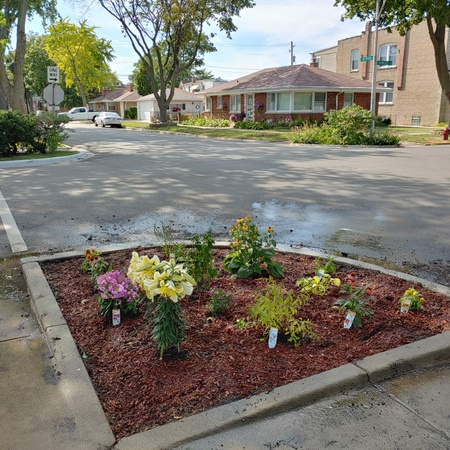
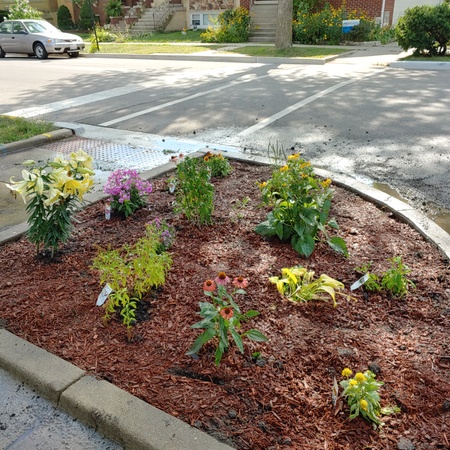
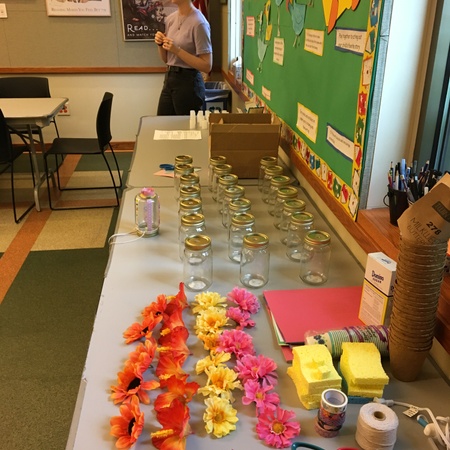
At our first team meeting we discussed the different types of flowers that we plan on planting, and the different locations that we find suitable for them. We are in touch with our local Alderman, Alderman Sposato, and are working with him to find locations around our ward that we are able to plant in. We also plan to discuss with him whether we need his permission, or the surrounding home owners' permission to plant on the small corner parkways in our area. If we need the homeowners' permission we plan on asking them if they would be willing to allow us to plant in their corner parkways and will start by planting 5 lots with $75 worth of plants on each as a pilot run.
Another place we plan on planting in would be at our local library. Melissa Kaszynski, our librarian who works at the Dunning Reed branch of the Chicago Public Libraries and also a part of our team, is helping us to receive approval to plant at this branch, and even took me on a tour of the different spots we would be able to plant in. We have sent in a waiver that allows us to plant around the library to Chicago Public Libraries, and will be hearing back from them soon. If that doesn't work out, we also have spots open in my garden, and in my uncle, Shawn Murphy's, garden that we can plant in.
As most of the funding will go towards flowers, soil, and mulch, we are planning on asking Home Depot and Lowe's for a discount since we will be buying these for our community. The library has offered to supply planting containers, and if we work with the Alderman they will have tools that we can use. We are also planning on setting aside some of the funding to have a DIY Butterfly Feeder activity at 4:00 pm on July 9, which will include sponges, string, mason jars, and colorful tape to attract the butterflies. A small amount of the money will also be going towards making signs for each of the gardens.
Our community will benefit from this project because we are making an effort to inform the kids, and adults, in our neighborhood about the different kinds of pollinators and how they affect us. We are also benefiting our community as a whole by giving back and by beautifying our neighborhood.
